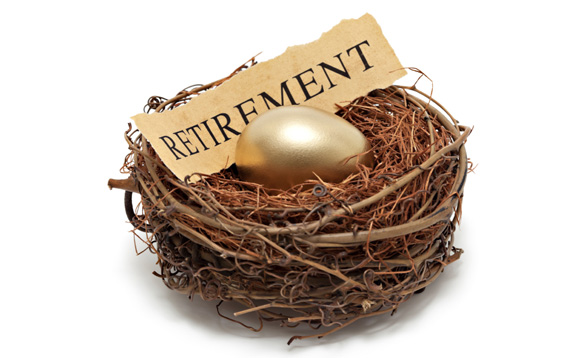We have just surpassed the six year mark for our current bull market and while many retirement nest eggs look a lot healthier than they did in 2009, the question that remains largely unanswered is whether they are healthy enough for most Americans to comfortably retire when and how they want. A number of other organizations are constantly taking a look at Americans’ retirement plans and retirement savings. Let’s take a look at some of the recent findings of several of these organizations to get a better picture of the retirement landscape today.
A recent survey of 7,000 Americans conducted by the Pew Charitable Trust showed a rather bleak outlook for retirement for many Americans. Of the 7,000 surveyed, 21 percent anticipate having to work until they die, meaning they will never enjoy a “traditional” retirement. Another 53 percent expect to find a new source of employment income (i.e. part-time employment) when they retire from their main career. That leaves only 26 percent of surveyed Americans feeling confident that they will no longer need to work in their retirement years. Another recent survey shows an even grimmer outlook. A survey by the Employee Benefit Research Institute reports that a mere 18 percent of Americans are confident that they will be financially secure during retirement.
So what is behind the dire retirement outlook for so many Americans? One reason may be the disappearance of the pension plan in the private sector. In the 1990s, more than one-third of Americans (35 percent) were covered by pension plans. Less than two decades later, the number of Americans covered by a traditional pension was less than one-in-five (18 percent) in 2013, according to the Bureaus of Labor Statistics.
Another potential reason for the low levels of confidence in both surveys may be the outlook for Social Security, another substantial source of retirement income for most retirees. Despite the importance of Social Security to so many retirees, the long-term solvency of the program is in jeopardy with the Disability portion of the Social Security program projected to run a deficit in 2016 and the Old Age and Survivors component running a deficit in 2033. According to the latest data from the Social Security Administration, the average Social Security recipient collected just $1,300 a month in 2014, or $15,600 a year.
But perhaps the biggest reason for the lack of confidence among Americans looking at their retirement prospects is the widespread lack of retirement savings. Despite the decades-long decline of pension plans and the well-documented troubles with Social Security, Americans simply aren’t saving enough for retirement.
According to one recent analysis, only about one-third of U.S. households owned IRAs in 2014. And while most U.S. households were eligible to make IRA contributions last year, very few actually did so. According to estimates, only 12 percent of households contributed to any type of IRA during the 2013 tax year, and even fewer made catch-up contributions (available to those 50 years of age and older) to either a traditional or Roth IRA. When adding in retirement plans offered through work along with owning IRAs, 63 percent of U.S. households had some level of retirement savings.
Almost two-thirds of American households have access to retirement savings vehicles, but that doesn’t tell us if they are saving enough for their retirement. Let’s look at some data from the Federal Reserve that shows the median value of retirement accounts for families with assets earmarked for retirement. 
Median Household Retirement Savings by Age. Source: Federal Reserve
The data shows some good news in that for every additional decade of age the median retirement savings value increase up until age 75+, where it falls by more than half from the 65 to 74 age range. The bad news however, is that the average American household is not saving enough for a comfortable retirement.
If we look at the median retirement savings amount for Americans ages 65 to 74, and applying the 4 percent withdrawal rule for generating retirement income, we calculate that the median retirement savings by household will generate a little less than $6,000 a year in retirement income. Let’s assume that the household with the median retirement savings of $148,900 is comprised of two retirees earning the average Social Security benefit and no pension benefits. If each person receives $15,600 a year, then the overall household retirement income will be a little more than $37,000 a year. If that does not sound like a lot, you are right, especially considering the high cost of medical care retirees face.
If the prospects of a $37,000 a-year retirement income aren’t appealing to you, then it is imperative that you save for your retirement. The earlier you get started, the easier it is to save a substantial amount for retirement. Even if it is only $50 a month, it is important to start saving. Over a thirty year time period with a seven percent compounded return on your investment, even a seemingly trivial amount like $50 a month will allow you to accumulate over $60,000 for retirement!
From the data we’ve looked at, saving for retirement seems to be very difficult for most Americans; but it doesn’t have to be. If you aren’t sure how to get started, or would like to make sure you are on the right path to reaching a comfortable retirement, give us a call at 419-878-3934. We’re happy to help!
Sources: Pew Charitable Trust, WSJ, Fidelity, Employee Benefit Research Institute, Bureau of Labor Statistics, Federal Reserve.

